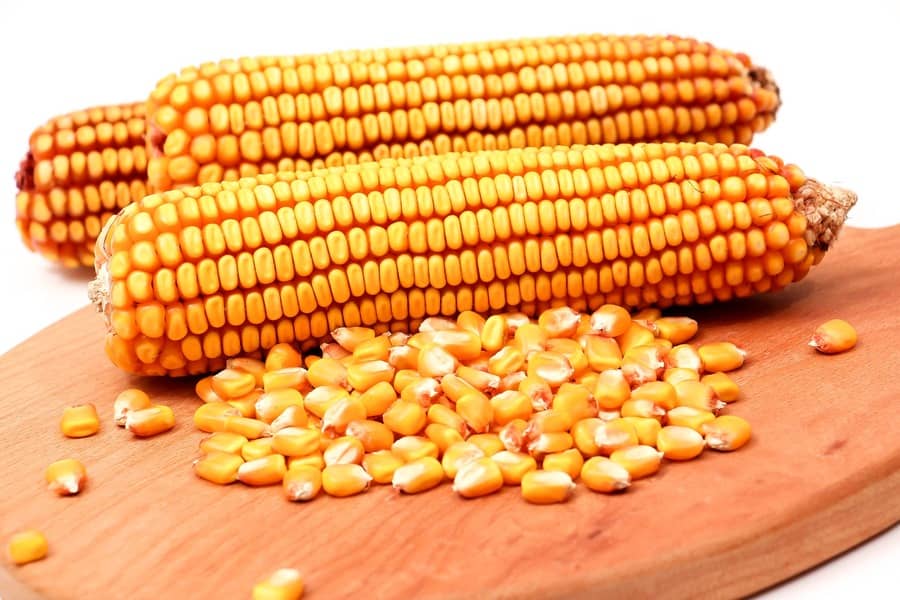Porto Alegre, January 16, 2024 – After three years of severe production losses, Argentina expects a perfect crop of corn. The rain in November and December was very regular, and 2024 started in the same way thus far. This fact is leading local commodity exchanges to increase corn and soybean production, and the local market is beginning to exercise its selling power, putting pressure on FOB prices, a factor that should influence prices in Brazil’s 2024 second crop.
November and December were months of fairly regular rain in Argentina, which restored soil moisture and enabled a perfect planting window. 2024 started off with very regular rain across the country, and planting is being finished.
This situation involves a production potential of 55 mln tons of corn, which is the current estimate by Safras & Mercado. The Rosario Stock Exchange, however, raised the production potential to 59 mln tons last week. We must remember that the country is the third-largest exporter in the world and now has a free internal market, a sharply devalued currency, and the possibility of contracts in dollars, which offers exchange rate security to growers. With the larger crop and these commercial conditions, the acceleration of future sales would be just a matter of confirming the year’s climate situation. Now, FOB premiums and prices are beginning to decline rapidly, partly driven by CBOT lows, and partly by local trading companies themselves.
FOB prices dropped to USD 190/192 a ton FOB last week, with shipments from March to May. It is the cheapest corn in the world and is receiving a special export demand that would be driven to Brazil now. As Argentina sells from March to October, a large part of Brazilian corn buyers will likely go to Argentina in 2024. In 2023, Argentina did not have large volumes for exports, and Brazil absorbed plenty of demand in the international environment, and so did Paraguay, with both corn and soybeans. Argentina’s return to exports will remove plenty of export demand from Brazil and Paraguay this year.
Another important point, which we have already commented on, is the effect on Brazilian internal bullish events. The Northeast of Brazil finds itself in a time of scarcity, with high and above import parity prices. With the lows in the Argentine FOB, corn would arrive at northeastern ports between BRL 66/70 plus the internal cost, for unloading from March onward. This possibility also exists if the domestic market in southern Brazil reveals a more aggressive upward trend in the first half of the year. In other words, imports are an alternative for the semester in the Brazilian case.
Follow the Safras Agency on our website. Also follow us on our Instagram and Twitter and stay on top of the main agribusiness news!
Copyright 2024 – Grupo CMA

